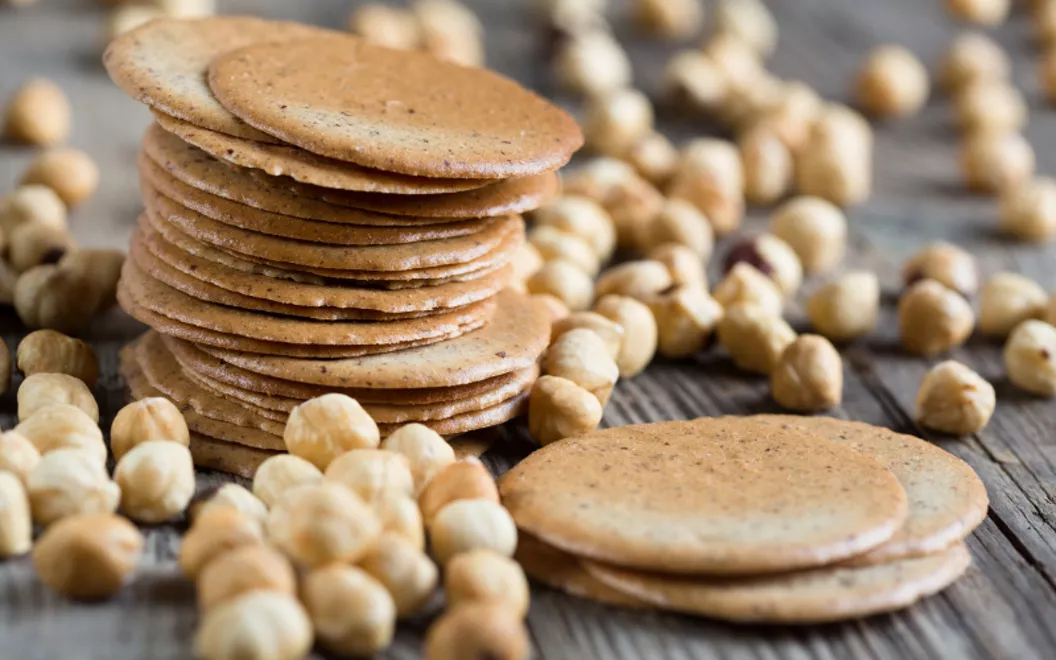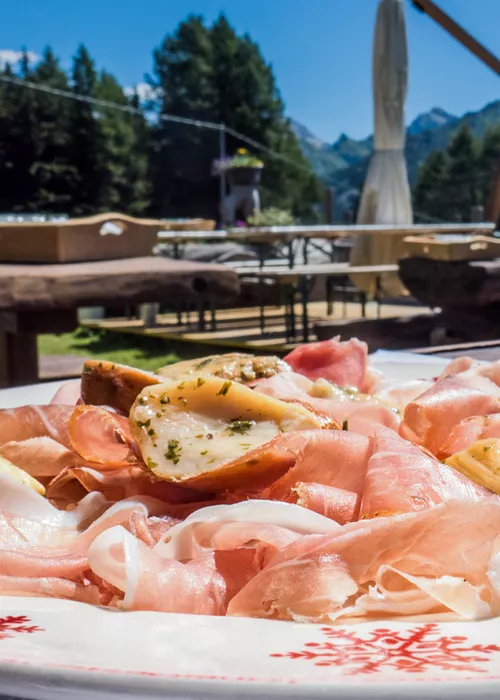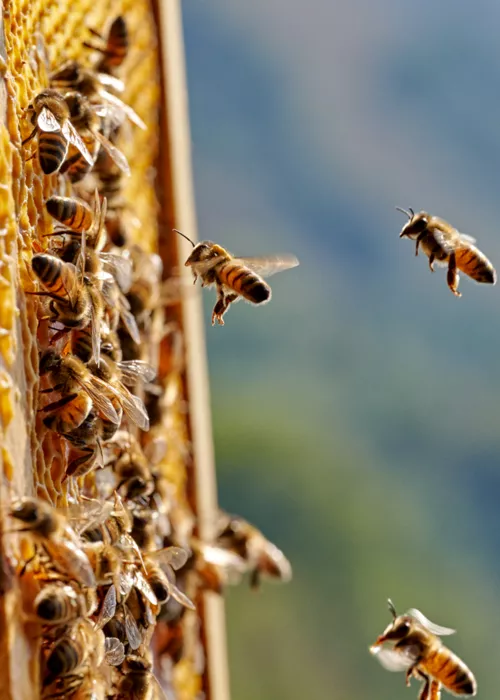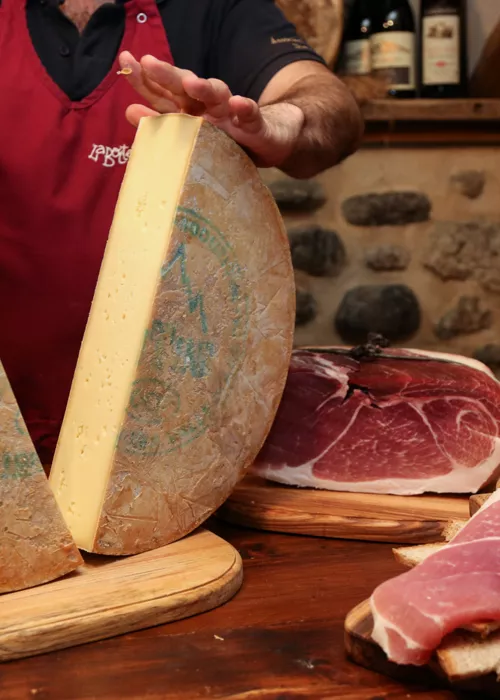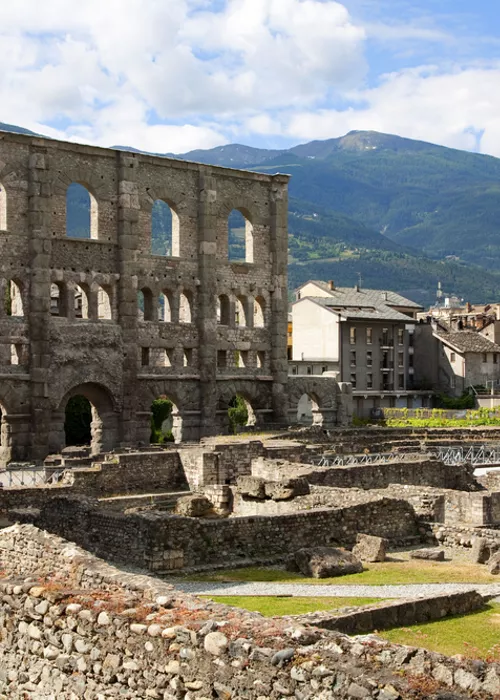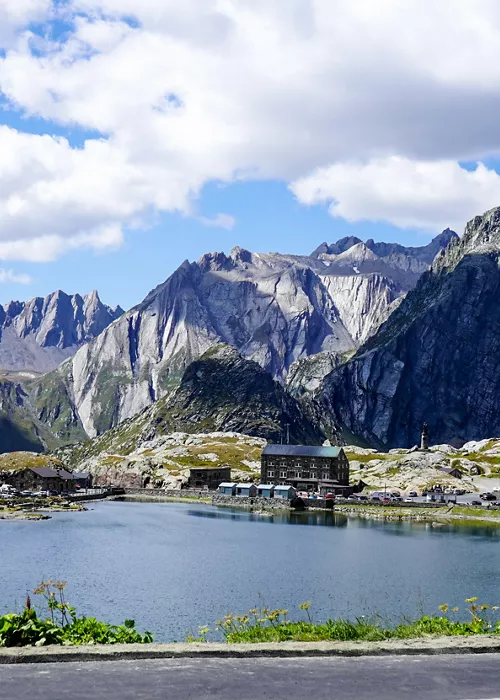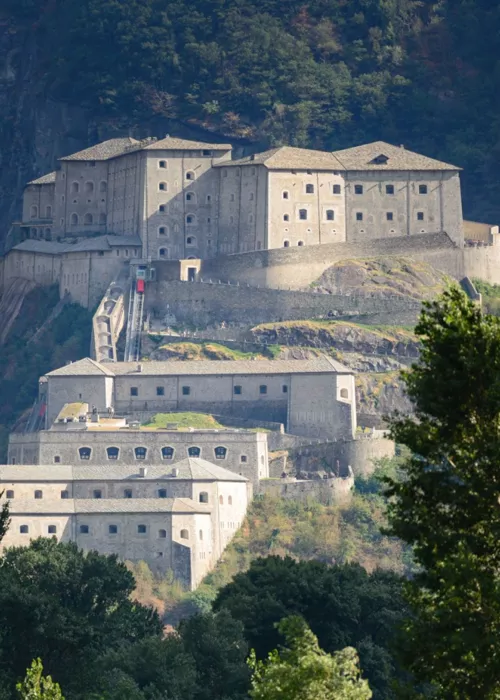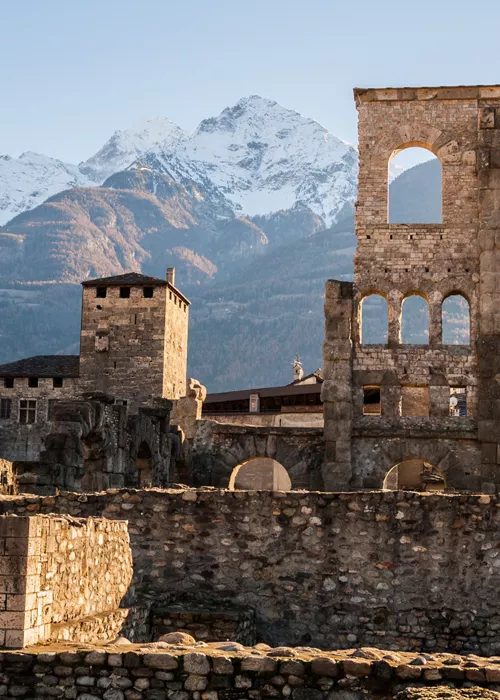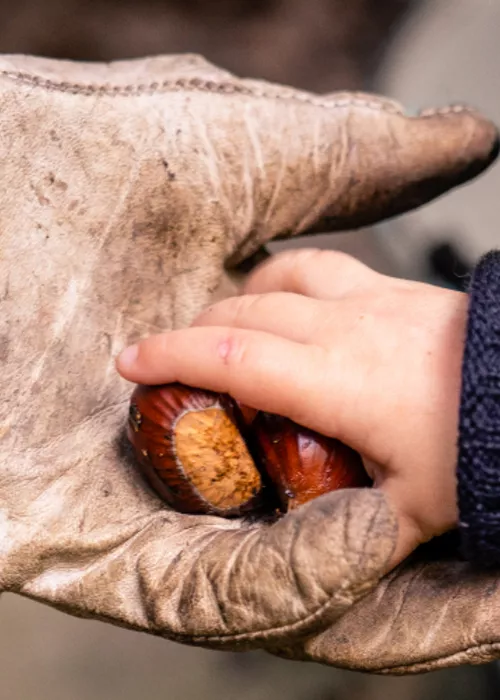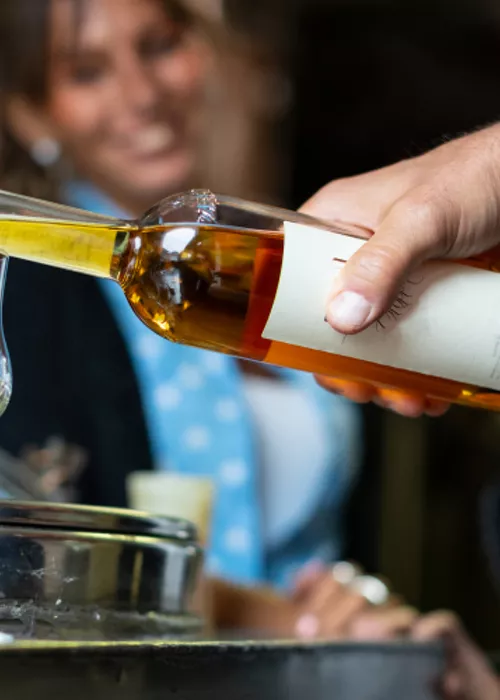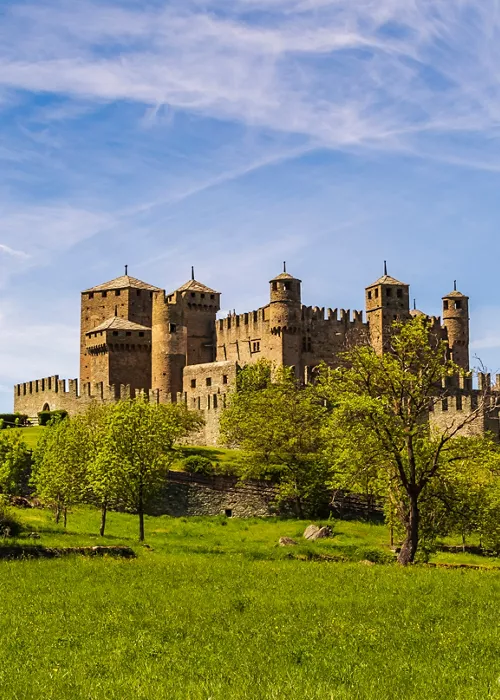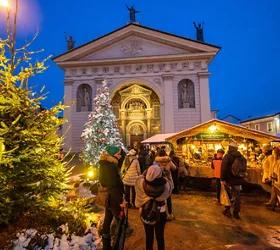Tegole and black bread in the Aosta Valley: delicious mountain traditions that stand the test of time
2 minutes
The aroma of freshly baked bread is more than just a smell: it takes us home, to our roots, to our dearest comforts.
In the Aosta Valley, “Pan Ner” (which translates as “black bread”) is deeply rooted in tradition, with the original recipe having been handed down from generation to generation. The result is a delicacy with a dark crust and a delicious flavour.
Or for a tasty snack, try out the tegole, absolutely irresistible crispy wafer cakes.
High-altitude flavours
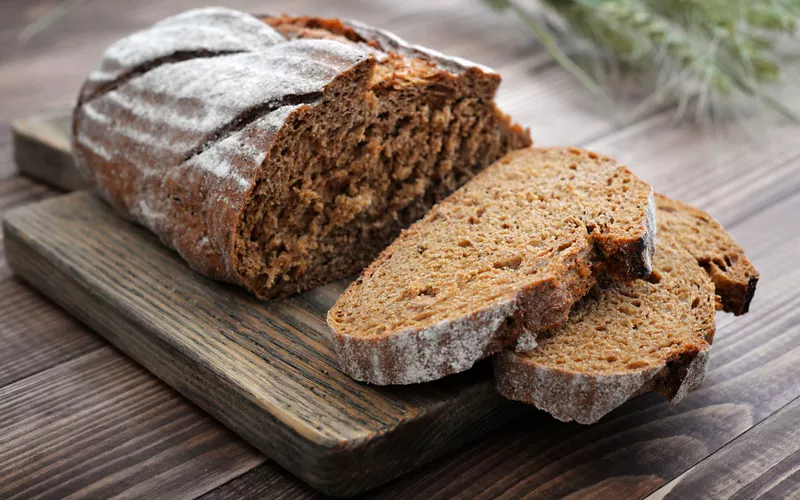
Once upon a time, the black rye bread of the Aosta Valley was created, with the typical loaf shape, a cross carved into the surface and a firm crumb. Fortunately for us, it still exists today as a traditional local icon.
Housewives' secrets
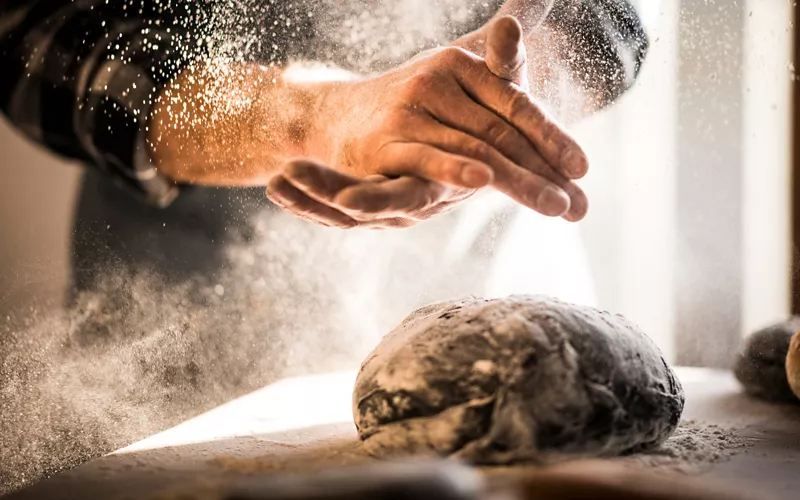
With a unique, slightly acidic flavour, caraway and fennel seeds are sometimes also added to the dough. The main ingredients are rye flour, pure or combined with wheat flour, as well as wheat, water and mother yeast.
After much kneading and letting it proof for three hours, the loaves, full of fibre, are ready to be baked, producing an unmistakable aroma.
Varieties
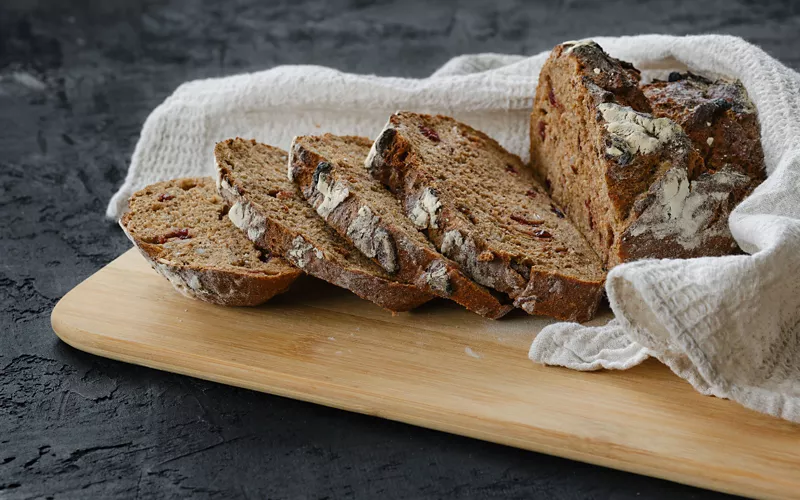
Today, there are many equally tasty varieties of the classic black bread of the Aosta Valley. Nuts, sultanas or other flavourings can be added to the dough - a practice that was common even back in ancient times, when sugar or a few apples would be added.
Some interesting facts
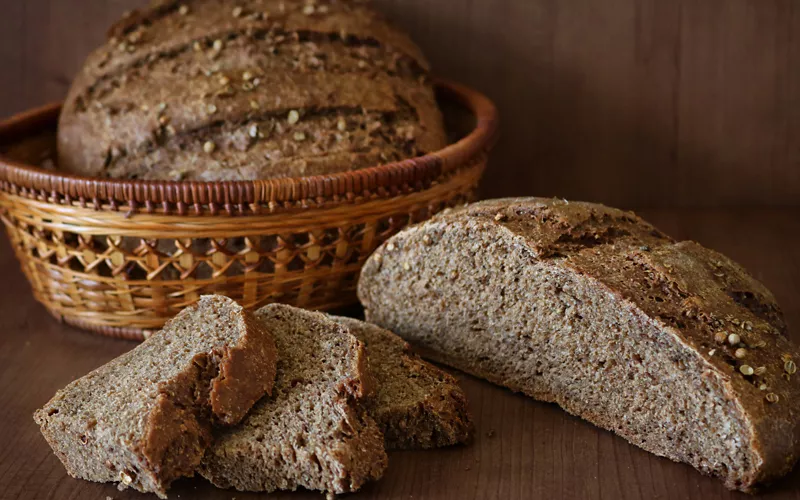
Pan Ner contains lysine, an essential amino acid, which is scarcely found in other cereals. It also contains zinc, which has a positive effect on the inner walls of the veins.
Why has this type of bread become so popular in the Aosta Valley? The explanation is simple: rye is a cereal that tolerates cold climates well and is therefore widespread across Northern Europe.
A bit of history
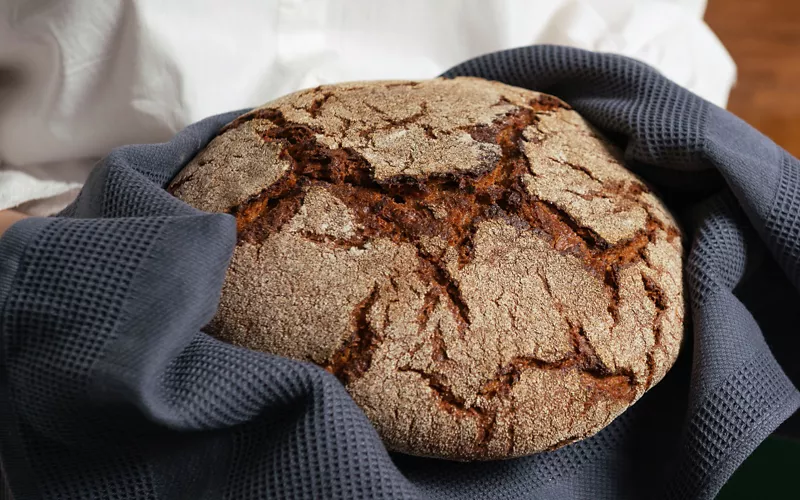
Historically, black rye bread was not made daily in the Aosta Valley. Though it sounds unbelievable, it was actually only baked once a year, at the beginning of winter when heavy labour related to grazing and cultivation declined. The men would do the kneading, in the largest barn in the village. It was a great opportunity for the community and families to get together, as it still is today.
So as not to confuse the different doughs, each bread was marked with a special distinctive sign. Then everybody baked their loaves. The breads were then left to dried in the rafters on special racks and broken up, to be divided and consumed over the year.
Even today, year after year, people visit the historic ovens of the local villages to enjoy events dedicated to the making and baking of Pan Ner. Though with the same festive atmosphere, it is the women who knead, while the men take care of the wood-fired oven.
Tegole: one biscuit leads to another
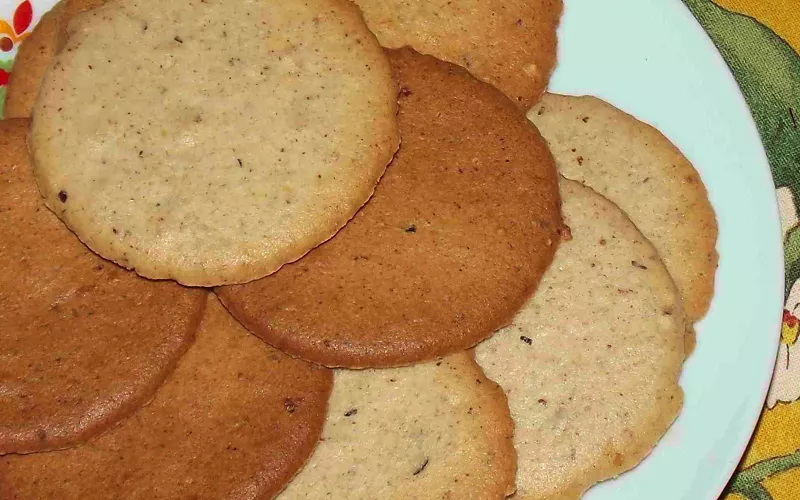
Tegole valdostane are wafer-shaped biscuits made with hazelnuts, sugar, egg white and flour. Almonds and vanilla extract can be added.
They were first made in 1930, by confectioners from the Aosta Valley, and are now a traditional local confectionery.
They can be enjoyed on their own or with custard, ice cream and dark chocolate.
For a perfectly soft and homogeneous dough, it has to be well kneaded. The dough is then shaped into thin circular shapes, which are baked and stored in a dry place to maintain their crispness.

